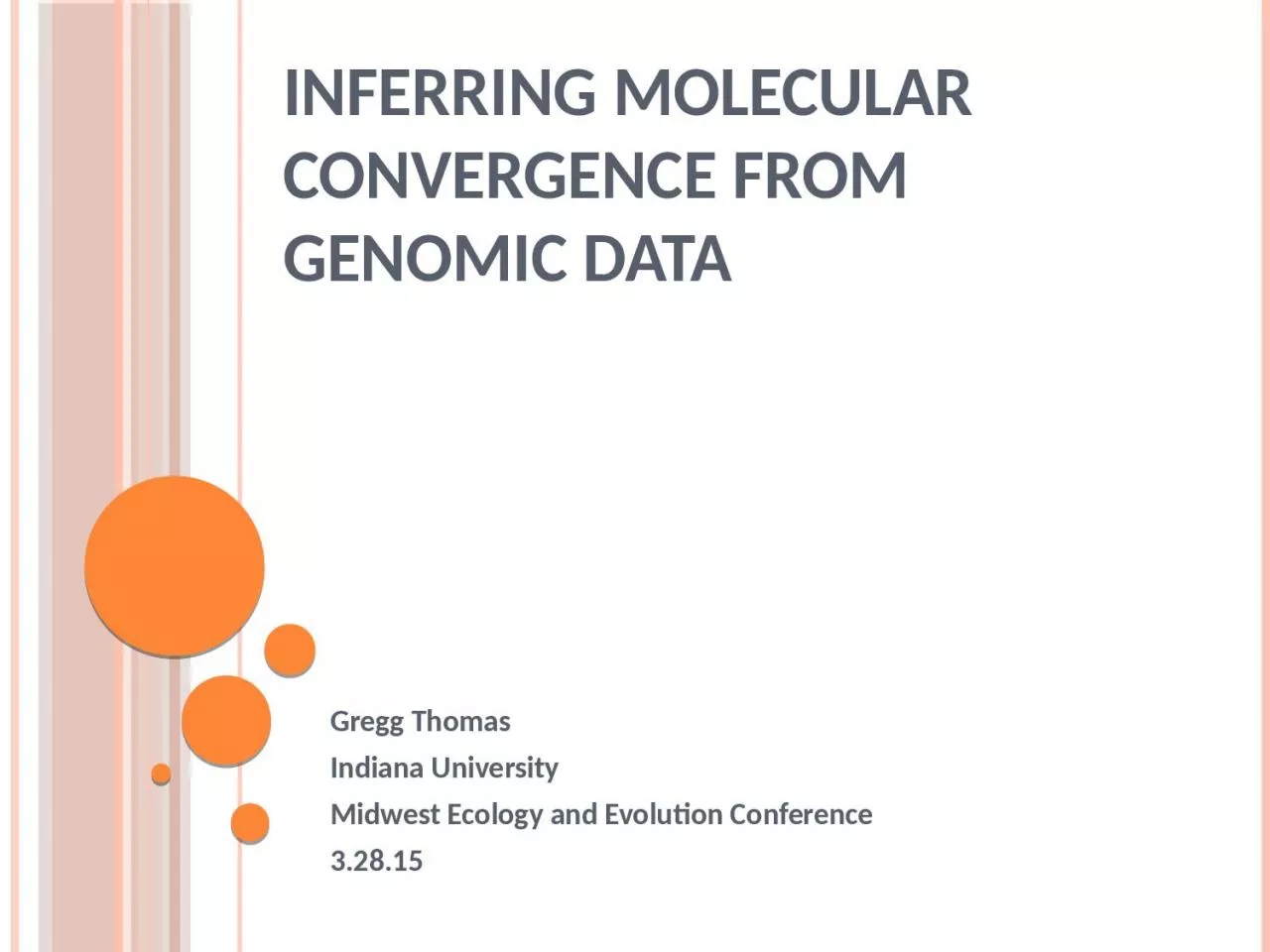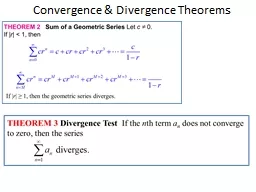PPT-Inferring molecular convergence
Author : adia | Published Date : 2024-02-09
from genomic data Gregg Thomas Indiana University Midwest Ecology and Evolution Conference 32815 Convergent evolution is observed at the phenotypic level Porcupine
Presentation Embed Code
Download Presentation
Download Presentation The PPT/PDF document "Inferring molecular convergence" is the property of its rightful owner. Permission is granted to download and print the materials on this website for personal, non-commercial use only, and to display it on your personal computer provided you do not modify the materials and that you retain all copyright notices contained in the materials. By downloading content from our website, you accept the terms of this agreement.
Inferring molecular convergence: Transcript
Download Rules Of Document
"Inferring molecular convergence"The content belongs to its owner. You may download and print it for personal use, without modification, and keep all copyright notices. By downloading, you agree to these terms.
Related Documents














